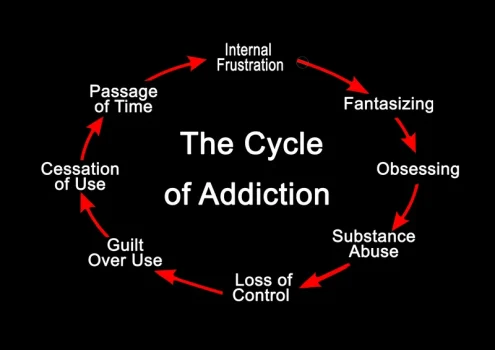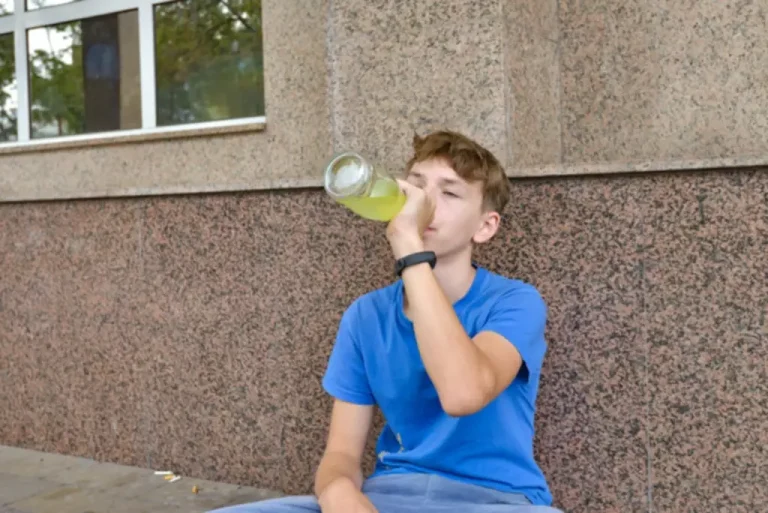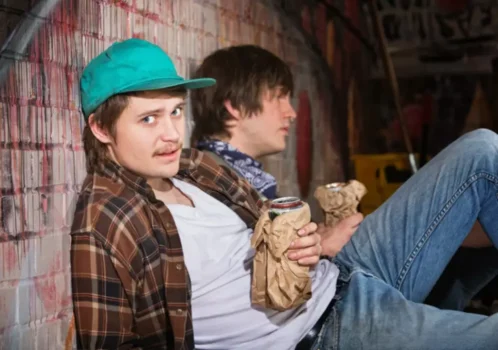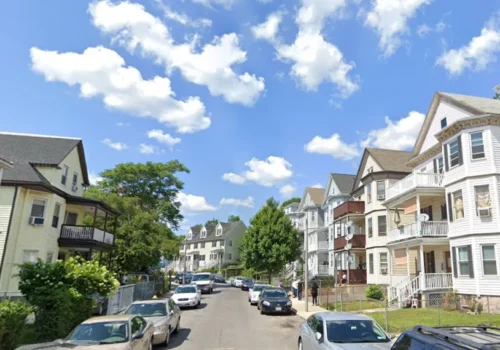
In 2013, 6.5 million Americans in this age group (2.5 percent of the population) abused prescription drugs in the past month, according to the National Institute on Drug Abuse. While people misuse a wide range of prescriptions drugs, opioids, central Twelve-step program nervous system (CNS) depressants and stimulants are the most widely abused. Opioids such as hydrocodone and OxyContin have been responsible for more overdose deaths than any other prescription substance. Finally, many rehab programs include aftercare.13 Aftercare is usually held in group sessions, just like PHP and IOP, but with less frequency, and for only an hour or so at a time.
Prescription Drug Abuse Signs and Symptoms

Cognitive-behavioral therapy (CBT), dialectical behavior therapy (DBT), and other therapeutic approaches can help individuals develop healthier thought patterns, manage emotions, and build coping skills. Therapy can also provide a space for individuals to explore and address any unresolved trauma or emotional pain that may have contributed to their addiction. Long-term use of MAT is often necessary for individuals with opioid addiction, as these medications can help stabilize brain chemistry and provide ongoing recovery support.
What should I know about mental health medications?
- Prescription drugs have soared in popularity in the past two decades and are now the most abused substances in the world behind alcohol and marijuana.
- Opioids such as hydrocodone and OxyContin have been responsible for more overdose deaths than any other prescription substance.
- Although certainly much more research is needed to understand the abuse of prescription opioids and stimulants–particularly given their prevalence–attention to other prescription drugs is also needed.
- Variability in definitions of prescription drug abuse and in the availability of specific types of prescription drugs limits comparison across countries.
During both therapies, patients should be put under programs that encourage self-help whether individually or as a group. There should also be clear continued care planning to avoid relapses which occur due to poor follow up. The length of the rehab programme is subject to the kind of therapy that a patient chooses.
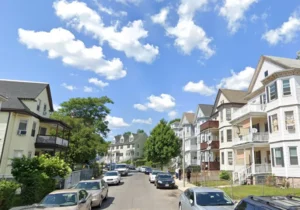
Where can I learn more about mental health medications?
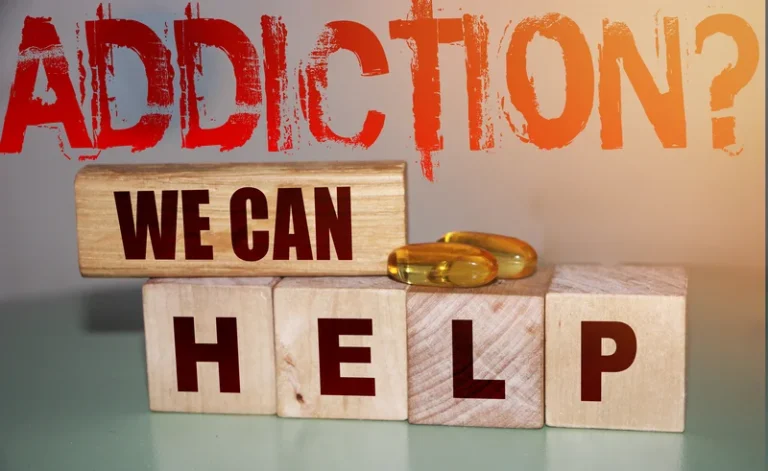
The choice of medication depends on the type of drug the individual is addicted to, the severity of their dependence, and their overall treatment plan. Intensive Outpatient Programs (IOPs) and Partial Hospitalization Programs (PHPs) are two types of outpatient care that provide a higher level of support than standard outpatient programs. IOPs typically involve several hours of therapy each week, including individual counseling, group therapy, and educational sessions. PHPs offer a more intensive level of care, with individuals attending treatment for several hours each day, often five to seven days a week. IOPs and PHPs are designed to provide comprehensive treatment while allowing individuals to return home at the end of the day. For individuals who have completed residential treatment or for those with less severe addiction, outpatient and continuing care programs offer ongoing support and treatment while allowing individuals to live at home and maintain their daily responsibilities.

Of those 49 million people, 7.9 million had both a substance use disorder and a mental health disorder, according to the prescription drug abuse 2014 National Survey on Drug Use and Health. Treatment options for prescription drug abuse vary, depending on the type of drug used and your needs. Treatment may also require withdrawal, also called detoxification, addiction medicine and recovery support. Mood stabilizers are sometimes used to treat depression (usually along with an antidepressant), schizoaffective disorder, disorders of impulse control, and certain mental illnesses in children. For people with bipolar depression, health care providers typically prescribe a mood stabilizer and an antidepressant to reduce the risk of switching into mania (known as rapid cycling). The habit of misusing prescription medications—often called popping pills—can lead to serious physical and psychological consequences.
Insurance Information
- Once an individual with chronic pain has developed a substance use disorder, proper treatment for their conditions becomes complicated.
- Group and individual therapy can address the psychological dependence that accompanies the disease.
- More Americans died from drug overdoses in 2014 than any year before, according to the latest research from the Centers for Disease Control and Prevention (CDC).
- Past year, nonmedical use of tranquilizers (e.g., Valium, Xanax) in 2004 was 2.5 percent for 8th graders, 5.1 percent for 10th graders and 7.3 percent for 12th graders.
In 2014, 35.3 percent of adults 18 to 25 years old with a serious mental illness also had a co-occurring substance use disorder. In addition to drug-specific symptoms of abuse, some general behaviors may indicate that someone is struggling with prescription drug addiction. When choosing a prescription drug rehab program, it is important to consider the financial aspect.
- A key component of a successful recovery plan is setting realistic and achievable goals.
- In addition to the large provisional drop in fatal overdoses, we also see smaller decreases in nonfatal overdoses, as measured by emergency department visits for overdose, and welcome continued decreases in self-reported youth substance use.
- Throughout this guide, we have explored the various stages of treatment, from the initial assessment and detoxification process to the importance of medication-assisted treatment (MAT), behavioral therapies, and holistic approaches.
- Possibly the more important message is that many of the lessons learned from treatment of illicit drug use appear to apply in treatment of prescription drug abuse, particularly in the case of opioid dependence.
- Methadone is a synthetic opioid agonist that prevents withdrawal symptoms and relieves drug cravings.
- Overdose deaths from both opioids and psychostimulants, such as amphetamines, are soaring.
These programs provide a comprehensive approach to treatment, combining individual therapy, group therapy, educational sessions, and holistic therapies to address all aspects of addiction. The structured daily schedule helps individuals establish a routine, build healthy habits, and develop coping skills essential for long-term recovery. Prescription medications are designed to treat a range of health conditions; however, when misused, they can lead to dependence and addiction, creating a public health crisis that affects millions of individuals and families. In the United States, prescription drug misuse is a significant concern, with opioids, benzodiazepines, and stimulants among the most commonly abused medications. Partial hospitalization program treatment meets the principles of effective treatment as outlined by the National Institute on Drug Abuse (NIDA), addressing both addiction and mental health disorders comprehensively.




